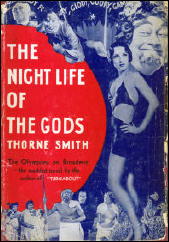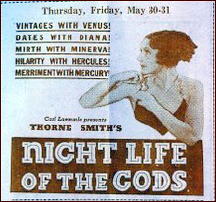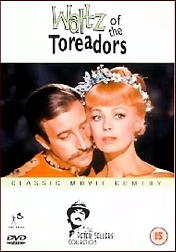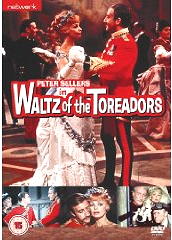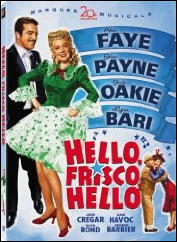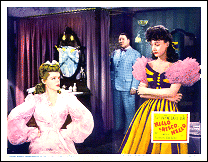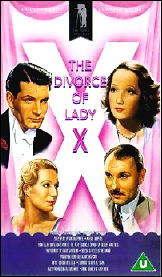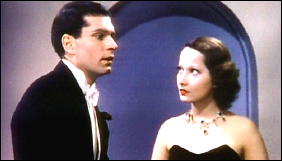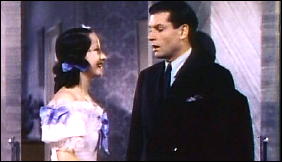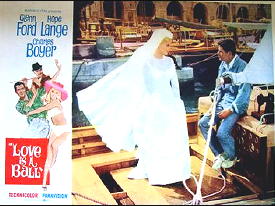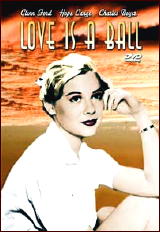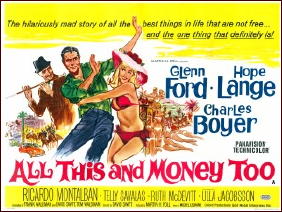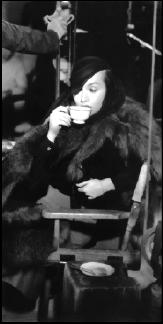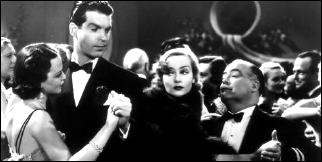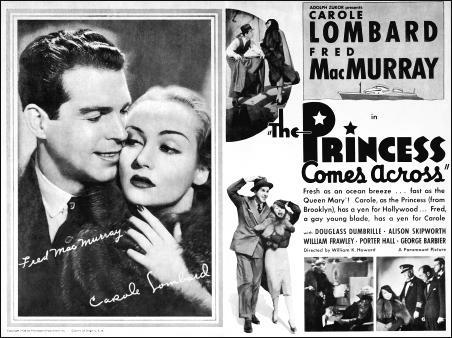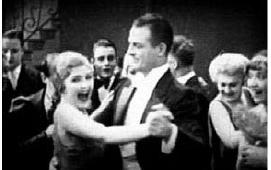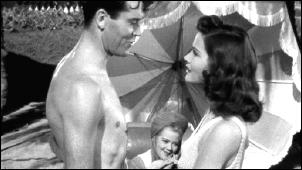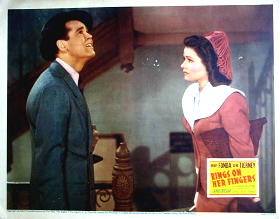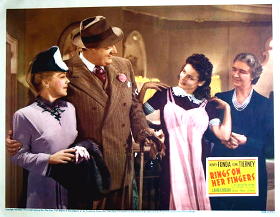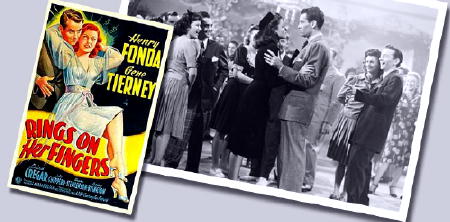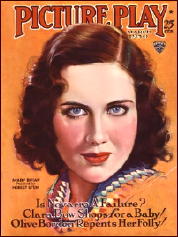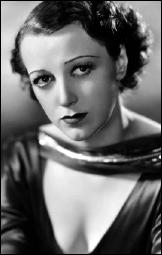A MOVIE REVIEW BY DAVID L. VINEYARD:
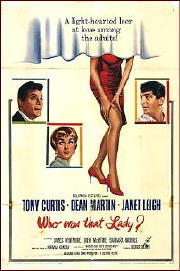
WHO WAS THAT LADY? Columbia, 1960. Tony Curtis, Janet Leigh, Dean Martin, James Whitmore, John McIntire, Barbara Nichols, Joi Lansing, Simon Oakland, Larry Storch. Screenplay: Norman Krasna, based on his play. Director: George Sidney.
Some days nothing goes right.
It’s one of those days for Tony Curtis, who teaches chemistry at Columbia in New York. A beautiful student waltzes in to thank him for a make-up test, and gets a little over enthusiastic just as his wife, Janet Leigh comes in. Janet stomps out, and Tony is in hot water. All over a make-up test.
All this is shown in the opening titles without a word of dialogue. It doesn’t really need dialogue. We get the point immediately, and the title song, catchily sung by Dean Martin fills us in on anything else we don’t know.
This is a sex farce, American screwball style.
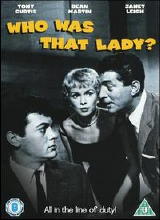
So what would you do? Well, you probably wouldn’t call your overly imaginative bachelor buddy Dean Martin who writes for television and has a wonderfully twisted imagination.
How does Curtis explain his innocent kiss? Why of course, tell your wife you are a an FBI agent and the student was a foreign exchange student and a spy. You even go to CBS where Dean works and have FBI badges made and guns from the prop department.
Just what any sensible husband would do.
Of course, whenever the prop department at CBS makes a phony FBI badge, they notify the Bureau so it lands on local agent-in-charge John McIntire’s desk, and he passes it on to weary James Whitmore.
Meanwhile Dean and Tony have sprung the story on Janet, who is one of her less bright moments buys the story. (In fairness almost no one in this film is an intellectual giant.) Dean, though, has plans. He has a date with a sister act of exotic dancers — Barbara Nichols and Joi Lansing — and he needs a wingman. Tony is elected. And Janet even pushes him to go — it’s his duty.
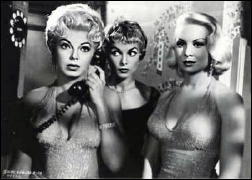
Whitmore shows up at Tony and Janet’s apartment just as a panicked Janet discovers Tony had gone on his mission without his gun. Whitmore sees his daughter in her and decides to throw a scare in the boys without arresting them or revealing the truth to her.
That’s going to cost him.
Before the evening is over, Whitmore has taken a bullet and Leigh has blabbed to the press how her husband was hunting spies.
It’s been one of those days. And it’s about to get worse.
Because the CIA, more than a little miffed that the FBI is running a spy op without them, shows up. Seems the boys have drawn out an actual KGB cell. Now the FBI has to keep quiet and use the boys to draw out the real spies.
They should have known better.
Which is how the boys end up kidnapped by Russian spies Simon Oakland and Larry Storch, drugged, and locked in the sub basement of the Empire State Building — which they mistake for a Russian sub and proceed to sink while singing patriotic songs.
Which explains why it is snowing on some floors of the building and sweltering on others, not to mention the geyser spouting from the roof. And they thought the cleanup after King Kong was rough.
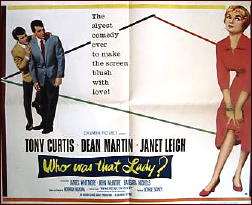
In the wrong hands, this kind of froth can go horribly wrong, but when everyone involved is a seasoned pro, and sheer charm and skill compete with fast quips and sheer nonsense, the result is a souffle of a movie, smart, silly, and great fun.
Don’t tune this one in looking for great art, but if belly laughs are the mood you are in, this is the perfect film. When you watch today’s latest comedy fall flat on its face at the mall and see ham-handed performances and obvious direction, you can appreciate how hard this is to do, and wonder that in this period it was done so well so often.
At the time this must have seemed just another playful comedy from a team of pros. Today it seems like art.
Dying is easy, comedy is hard. But if you do it right, it looks easy. And isn’t that the trick in farce, not to let the audience see how hard the actors are working to make it all seamless and easy?
On that level, this one is the highest of art.
TCM Alert: Monday, July 6. 6:00 PM. Who Was That Lady? (1960)
A cheating husband convinces his wife his flirtations are actually spy missions. Cast: Tony Curtis, Janet Leigh, Dean Martin. Dir: George Sidney. BW-114 mins, TV-G, Letterbox Format.
